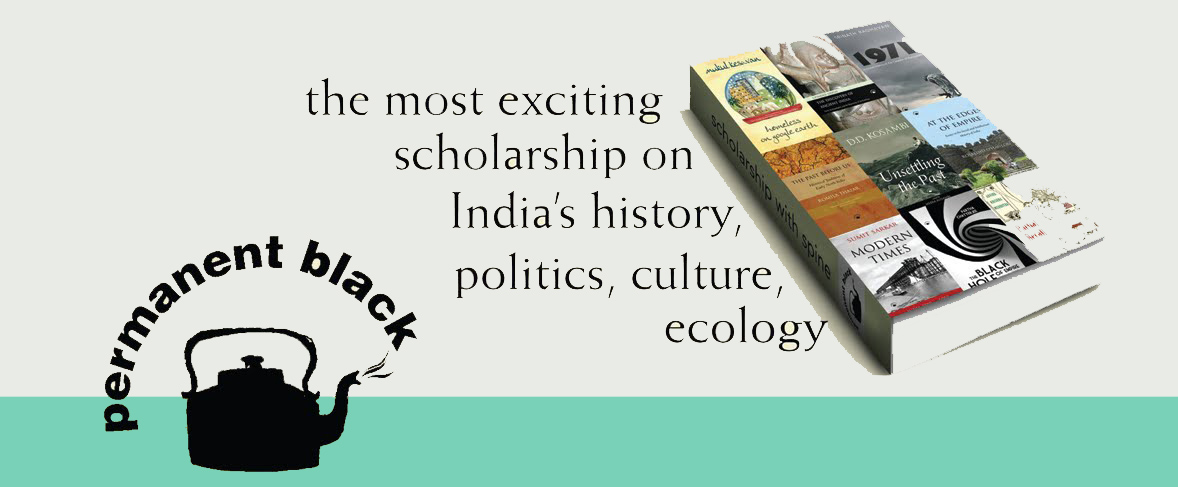CAN THE 'REAL' ASHOKA STAND UP, PLEASE? NAYANJOT LAHIRI GETS CLOSER THAN ANYONE TO FINDING THE PULSE OF THE EMPEROR
Nayanjot Lahiri
Ashoka in Ancient India
Ancient
rulers regarded him as the iconic Buddhist king. Jawaharlal Nehru considered
him the greatest emperor of all time. H.G. Wells portrayed him as the sole
shining star of antiquity. But who was the flesh-and-blood Ashoka?
The
third emperor of the Maurya dynasty, Ashoka ruled an empire encompassing most
of India as well as its western borderlands. He was normal as a ruler of
uncommon ambition, but utterly unusual as the pioneer of a model of humane
governance. In fact the candour and emotion of his messages on stone show
him less as a political figure than as a self-reflective individual.
Recovering
Ashoka’s life and times from legend, Nayanjot Lahiri crafts a wonderful
biography of this most extraordinary emperor. She provides him with contextual
flesh, teasing out his psychology and personality from his edicts and
archaeological data about life in India over the last few centuries BCE.
This
is the most historically rich and readable book on Ashoka and his context.
NAYANJOT
LAHIRI
established her reputation as an accessible historian of Indian
antiquity with Finding Forgotten Cities:
How the Indus Civilization was Discovered (2005). Her books include Marshalling the Past: Ancient India and Its
Modern Histories (2012) and The
Archaeology of Indian Trade Routes (1993). She won the Infosys Prize 2013
in the Humanities—Archaeology. She is Professor, Department of History,
University of Delhi.
Hardback / 410pp + 4pp colour / Rs 895 / ISBN
81-7824-388-1 / South Asia rights / july 2015 / copublished
by harvard university press



Comments